.jpg)
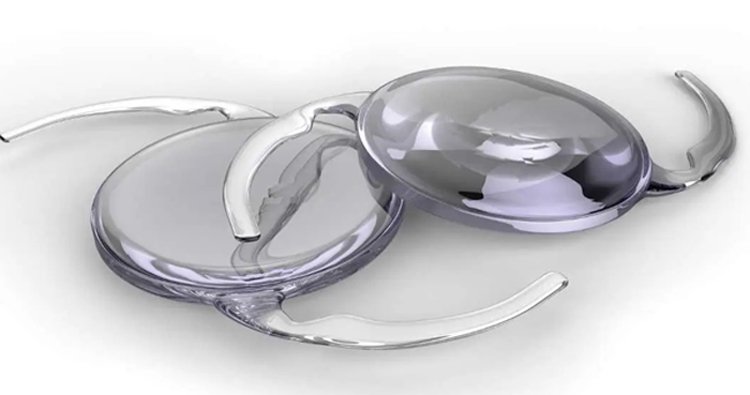
What are the 3 types of cataract lenses?
As part of cataract surgery, your natural lens will be removed and replaced with an artificial intraocular lens. There are three different types of intraocular lenses available including monofocal, toric, and presbyopic-correcting.
What type of IOL is best?
Multifocal IOLs
Multifocal and extended depth of focus IOLs offer the best chance to see both near and far without wearing glasses or contact lenses.
CHARACTERISTICS OF IOL:
1. FOLDABLE:
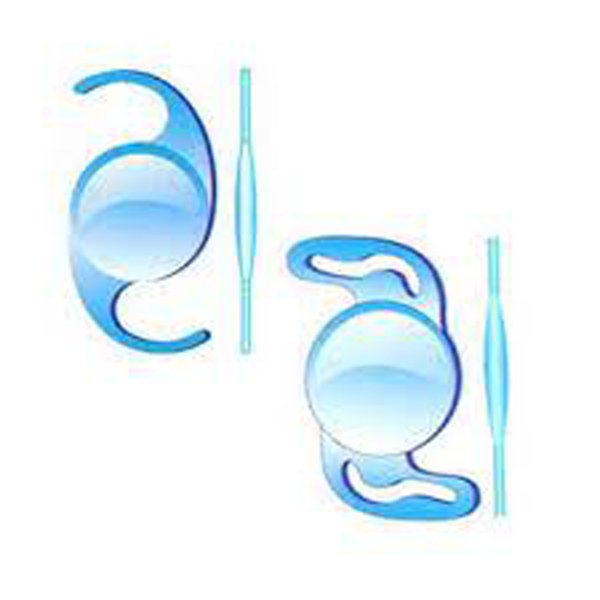
A foldable intraocular lens is literally folded to half its size. It makes an insertion of the IOL into the eye through a small incision possible. Incision may be as small as 1.8 mm. Once a foldable IOL is placed, it unfolds to its full regular size.
2. HYDROPHILIC IOL:

Hydrophilic lens attracts aqueous fluid which means that the colloids suspended in the aqueous fluid deposit faster on these lenses. It has been observed that hydrophilic IOLs are more susceptible to PCO or Posterior capsule opacification, i.e. the formation of an opaque layer on lens.
3. SQUARE EDGE IOL:
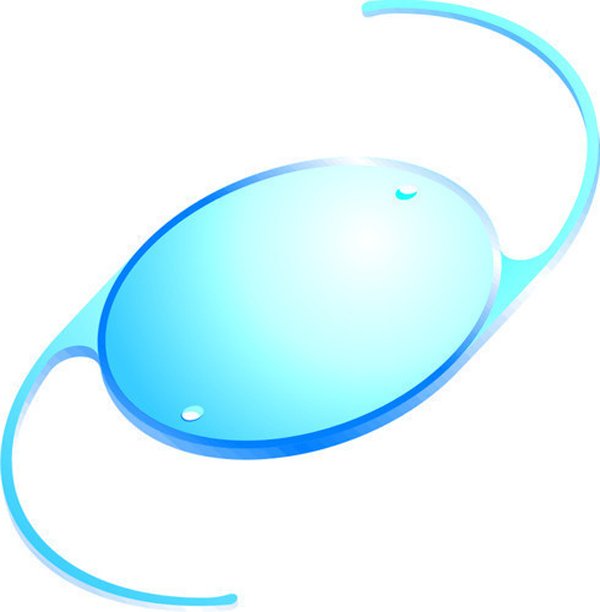
Commercially marketed square-edged IOLs differed in the sharpness of the posterior optic edge. Hydrophobic acrylic and silicone IOLs have sharper posterior optic square edge than most hydrophilic acrylic IOLs. This probably reflects difference in manufacturing techniques.
4. BICONVEX:
![]()
Most of our IOLs tend to be biconvex in design where the power of the lens is split between the anterior (front) and posterior (back) surfaces.
5. ASPHERIC OPTICS IOL:
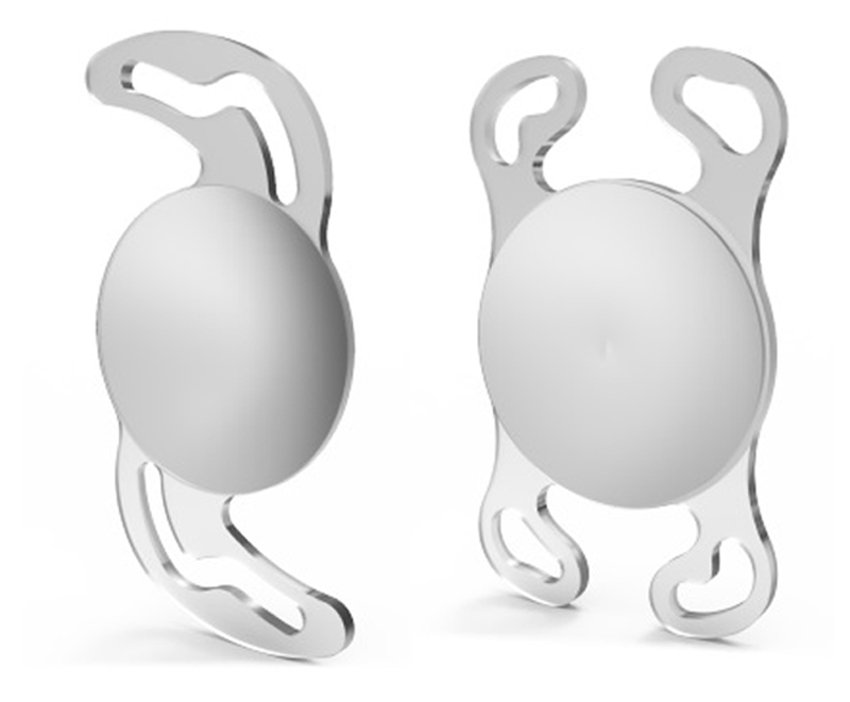
Ultima Plus is Manufactured using our patented technology. It has biconvex aspheric opctics which provides better visual acuity and enhanced contrast. Ultima Plus has an innovative lens design that insures smooth insersion and proper positioning inside the eye and its 360° Square Edge reduces the incidence of PCO.
6. HYDROPHOBIC IOL:
One of these types are hydrophobic acrylic IOLs, which many consider to be one of the most popular types of IOL materials. Hydrophobic acrylic IOLs are generally foldable, have a rather low water content, and a high refractive index.
7. UV IOL:
Intraocular UV Protection Lenses
They protect your retina from possible photochemical deterioration. You lose this natural UV eye protection during cataract surgery. Through the implantation of innovative intraocular lenses (IOLs), UV eye protection returns.
8. THREE PIECES IOLS:
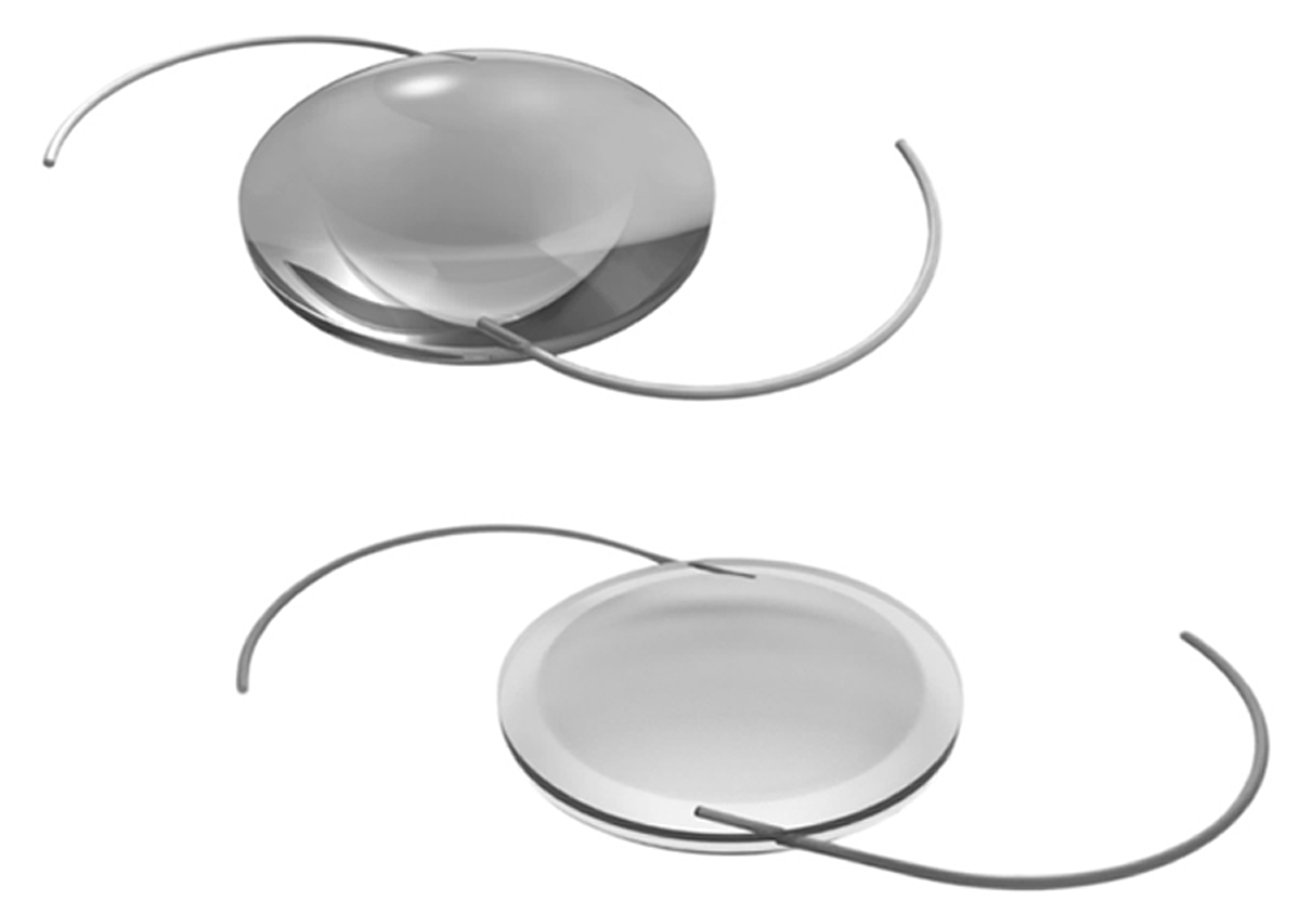
Single-piece IOLs have soft and broader haptics which are made of the same material as the optic, usually hydrophobic or hydrophilic acrylic, whereas 3-piece IOLs have rigid haptics which are made of poly methyl methacrylate (PMMA).
9. HYPERVISION:
The best vision we can achieve is 6/6 or even N6. Phaco surgery IOL can help you in getting 6/6 vision even if you have poor vision, but achieving the visual acuity of an eagle is next to impossible. While attaining eagle eyes will remain a fantasy for us, you can improve your eye sight through Phaco surgery IOL.
10. YELLOW IOL:
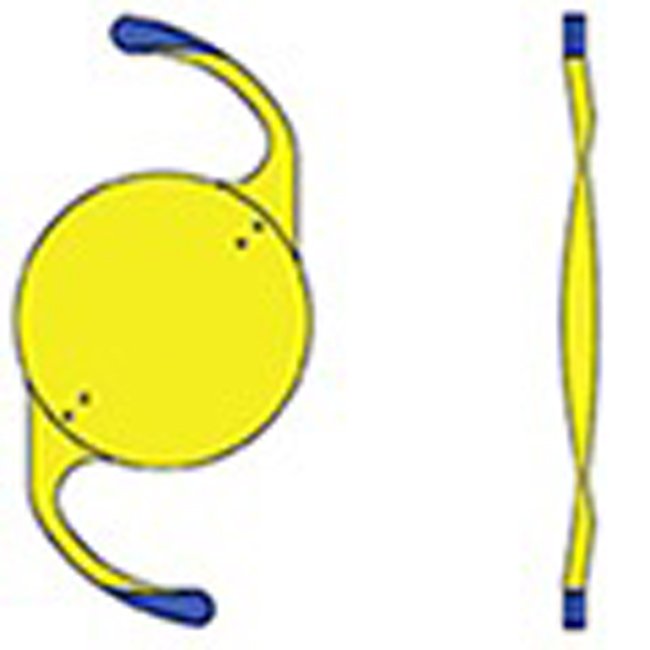
Yellow-tinted IOLs absorb blue light and are thought to protect the retina from damage, thus helping to prevent age-related macular degeneration after cataract surgery.
11. BLUE BLOCKING IOL:
Blue-light filtering IOLs have been suggested to impart retinal protection and potentially prevent the development and progression of age-related macular degeneration (AMD).
TYPES OF LENS:
Single Vision Lenses:

Single vision Distance.

Single Vision Lenses can be used for either Distance, Computer / Music or Reading vision. The lenses contain the same prescription throughout the lens and they are the most commonly used lenses in the optics Industry. They can be personalised with many different parameters. Please see below for further information.
Single vision glasses are designed to help people who require correction of farsightedness, nearsightedness, or astigmatism. These eyeglasses have just a single optical prescription correction and they distribute focus evenly over the entire surface area of the lens. Most people that wear glasses usually get this type. If you have multiple prescriptions you would require bifocal or multifocal eyeglasses.
Trifocal lenses:
Trifocal lenses are similar to bifocals, except that the two focal areas are separated by a third middle area with intermediate focus correction. This area is used for intermediate vision; roughly at arms’ length, e.g. computer distance. This lens type has two segment lines, dividing the three different correcting segments.
Multifocal lenses:

Multifocal Lens (a.k.a Progressive Lens) is the lenses with multiple prescriptions all in one lens. Multifocal lenses contain two or more lens powers to help you see objects at all distances after you lose the ability to naturally change the focus of your eyes due to age (presbyopia).
Toric Lens:
1.jpg)
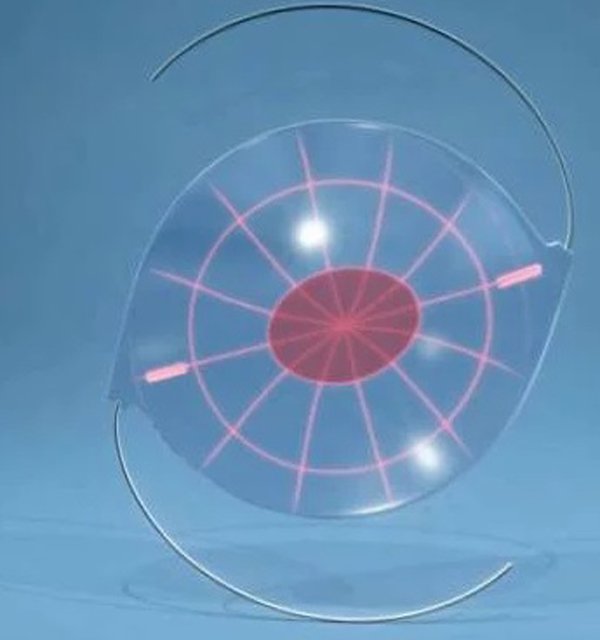
• In a normal healthy eye, the cornea is round and shaped like a basketball. Astigmatism occurs when the cornea is shaped more like a football.
• Light passes through the cornea with astigmatism, images do not focus sharply on the retina resulting in blurry vision.
• It helps to correct for astigmatism.
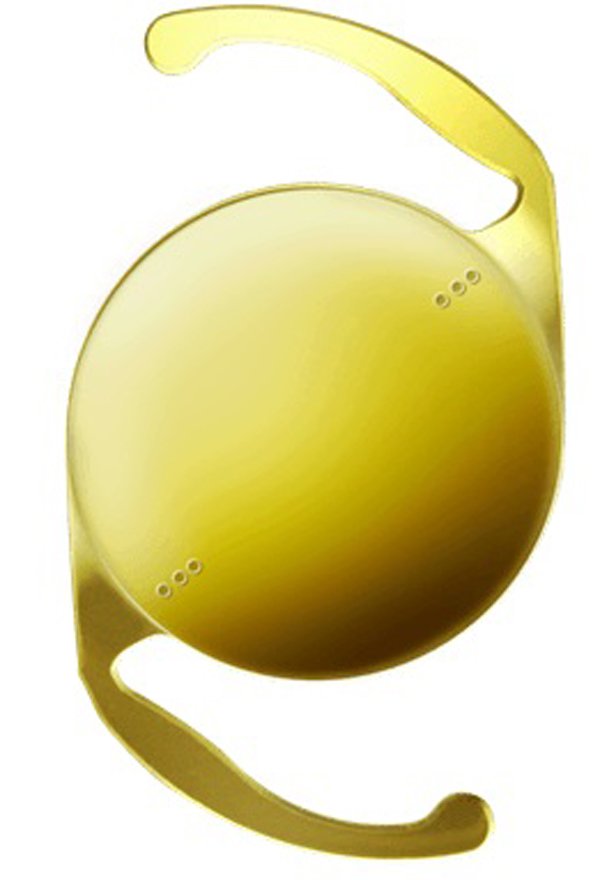
• A toric IOL helps compensate for the abnormal curvature of the cornea and corrects astigmatism whereas a standard IOL does not.
• Glasses are typically still needed for reading when a toric IOL has been implanted.
• provide excellent clarity in vision.
• quality of vision
• Useful for patients with astigmatism, keratoconus etc.
Toric Lens are a type of lens in which the focal length and the optical strength vary in two directions at 90 degrees from each other. One side appears like a torus cap, whereas the other side is usually spherical. It is used mainly in eye care, i.e. with an intraocular lens to fix astigmatism in contact lenses, and eyeglasses.
The results are more precise if these lenses are used after an astigmatic surgery. When it comes to the Toric lens vs the Standard lens, their function is very different, but their goal is the same.

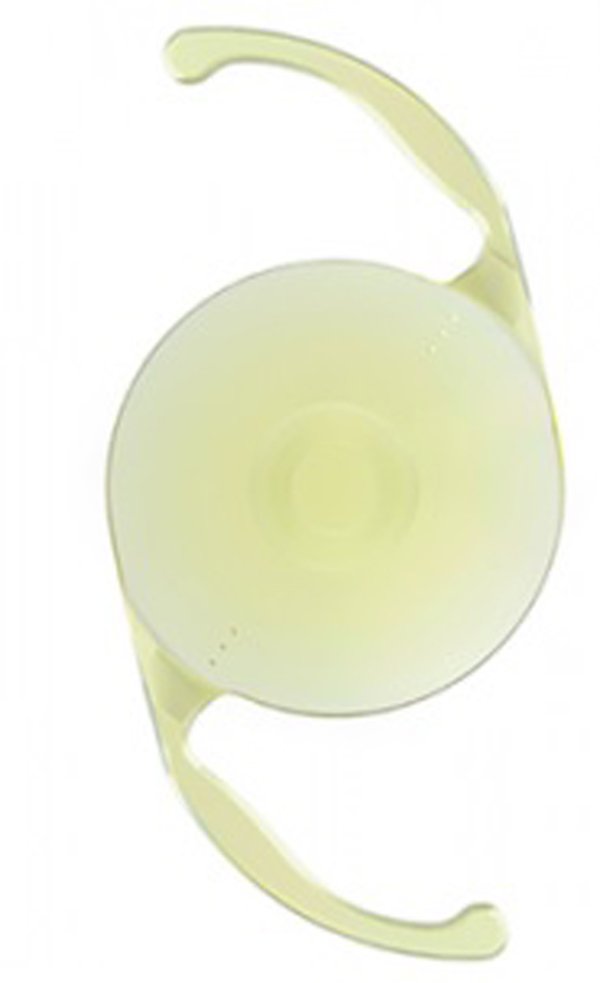
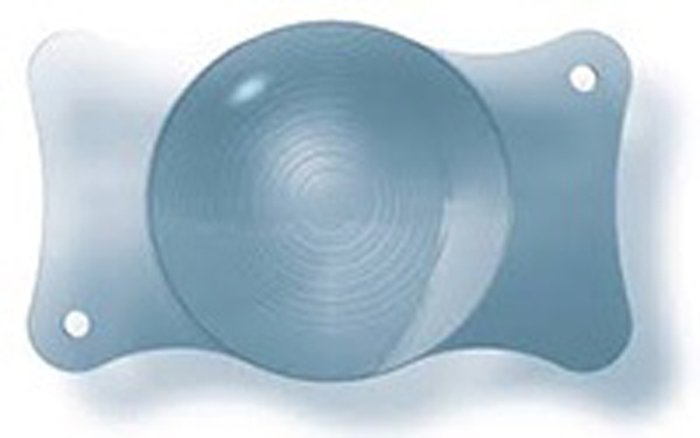
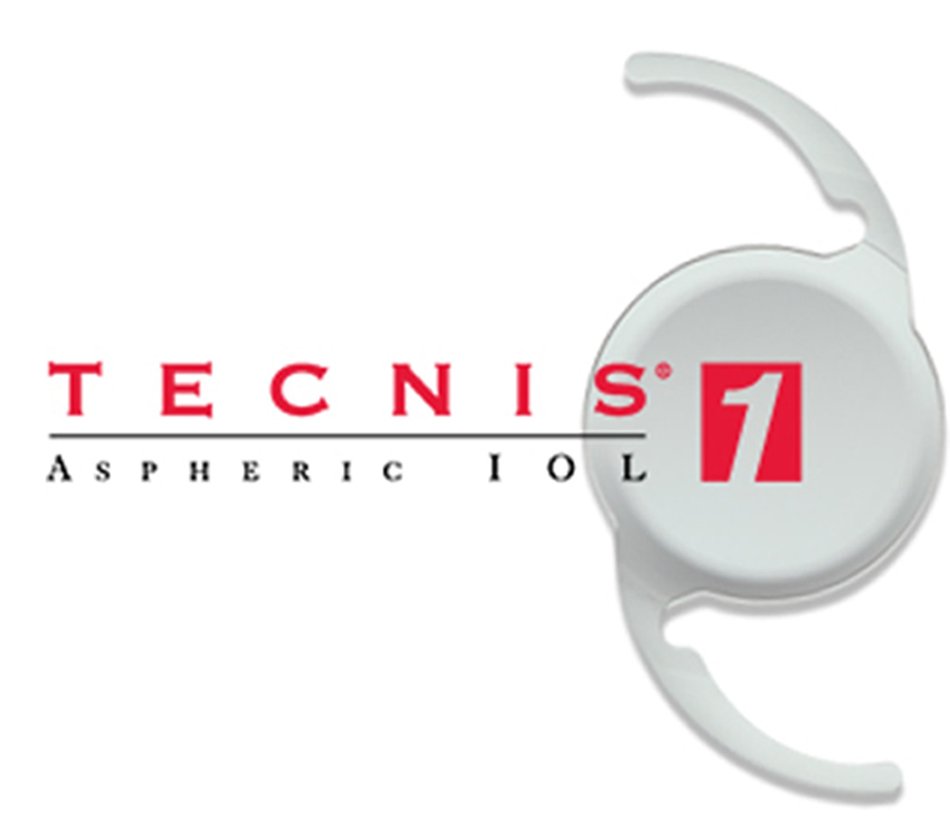
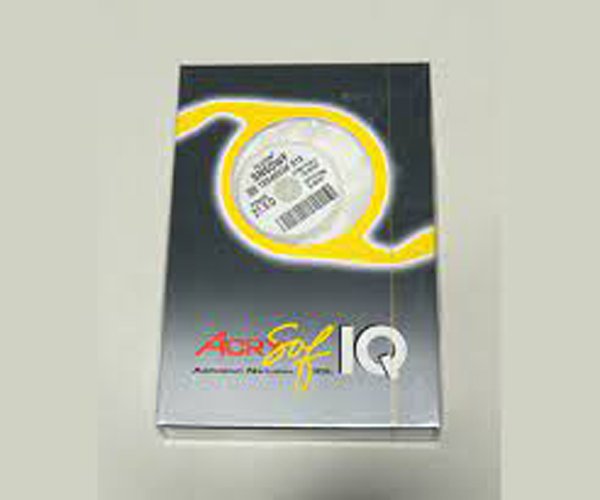
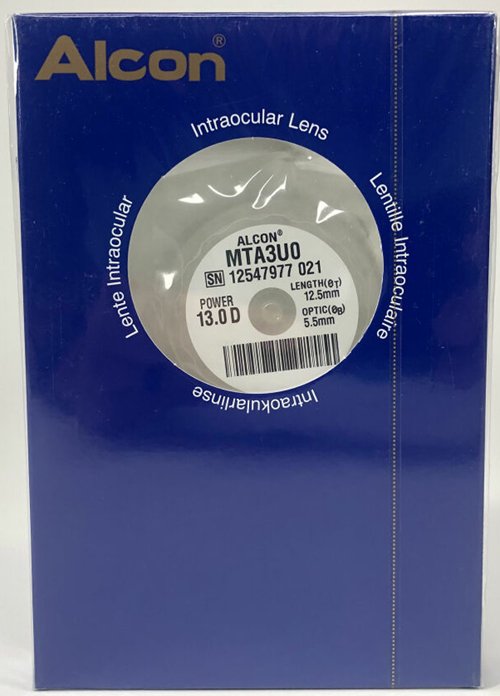
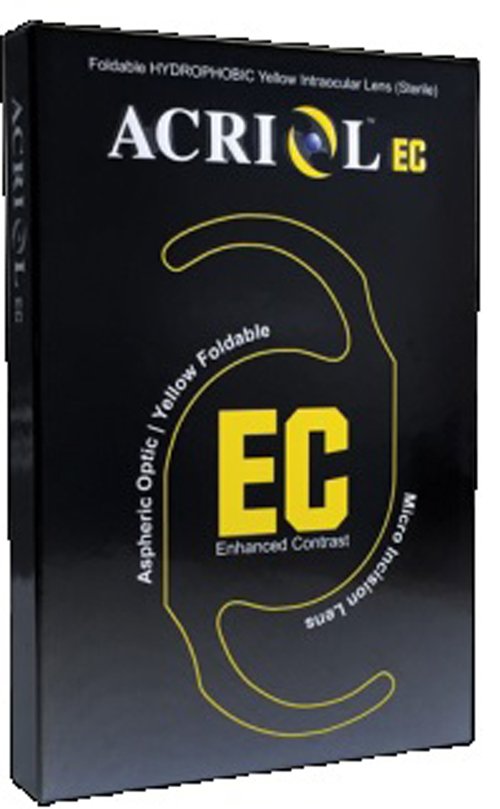
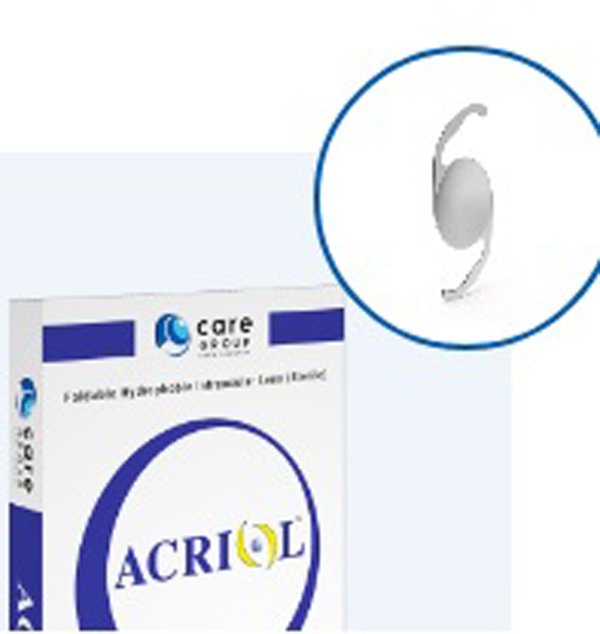
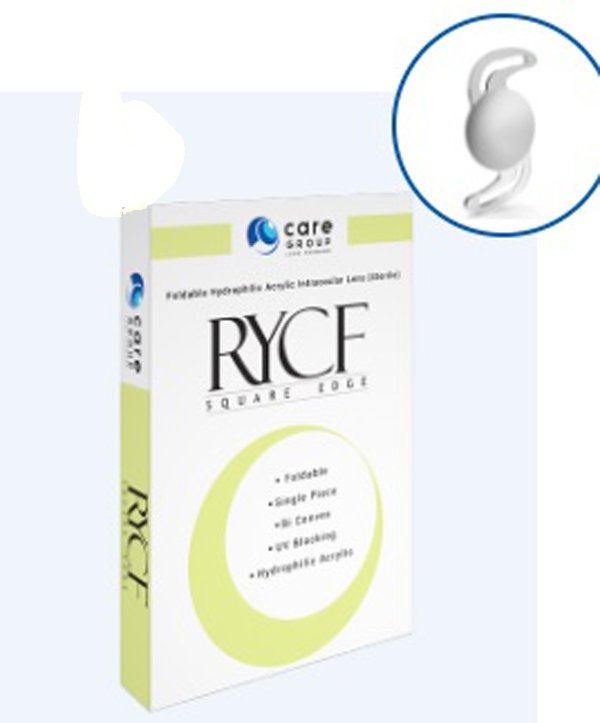
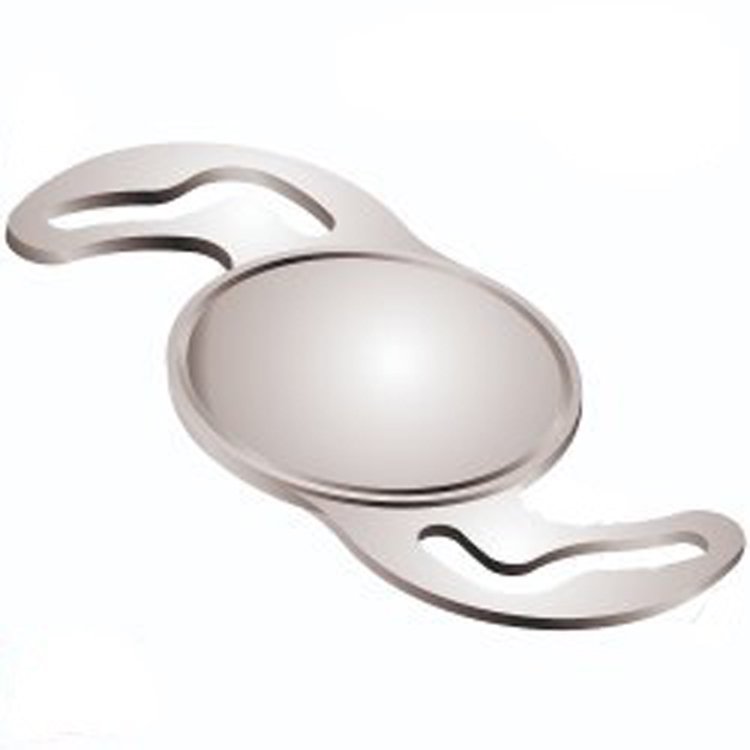
 ADVANTAGE:
ADVANTAGE:
 • The results of multifocal IOLs are long-lasting. Unlike contacts, multifocal IOLs are implanted inside the eye and don’t require any additional care or
• The results of multifocal IOLs are long-lasting. Unlike contacts, multifocal IOLs are implanted inside the eye and don’t require any additional care or


.jpg)
2.jpg)
{{r.reply}}
Your comment was submitted for review. It will start display once it was approved by Admin
Comments